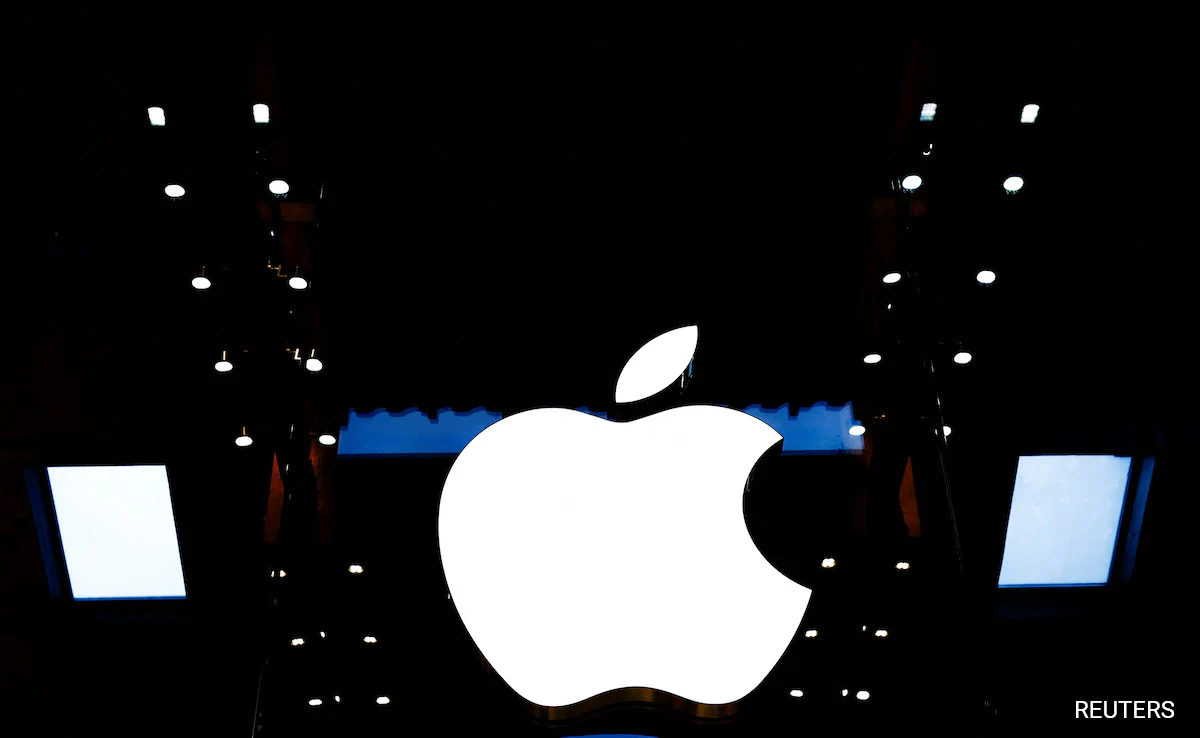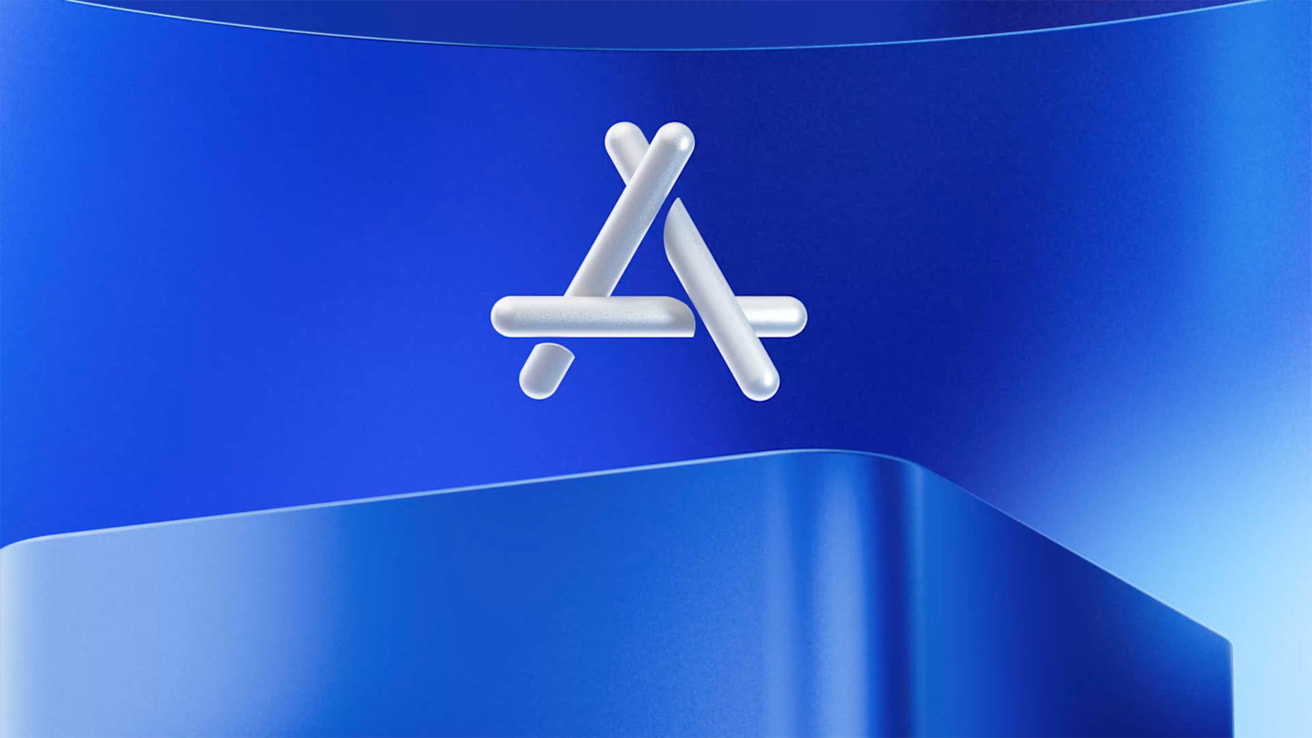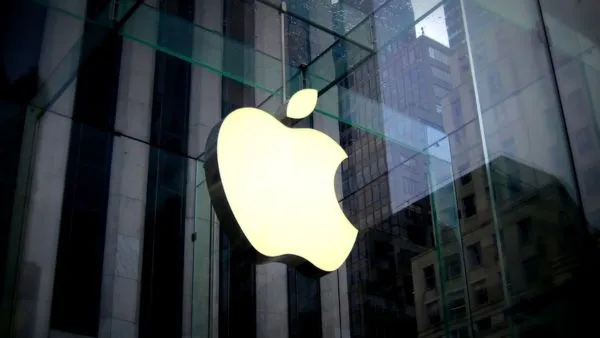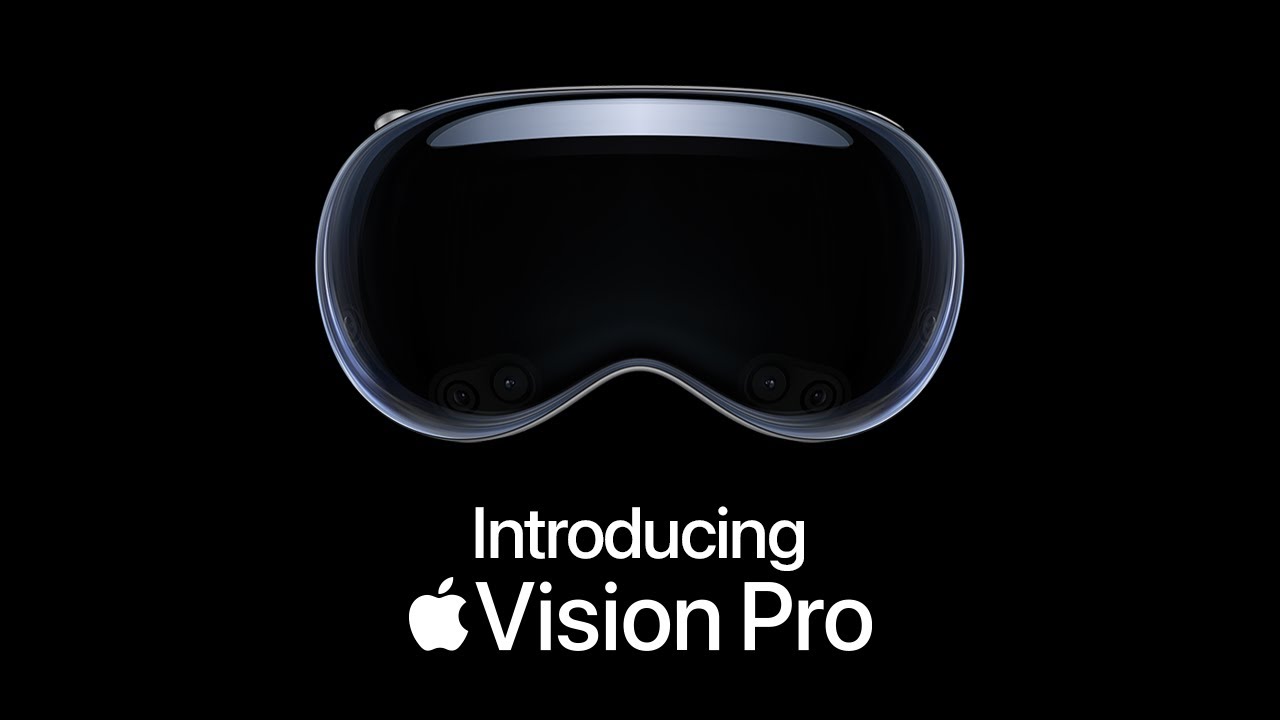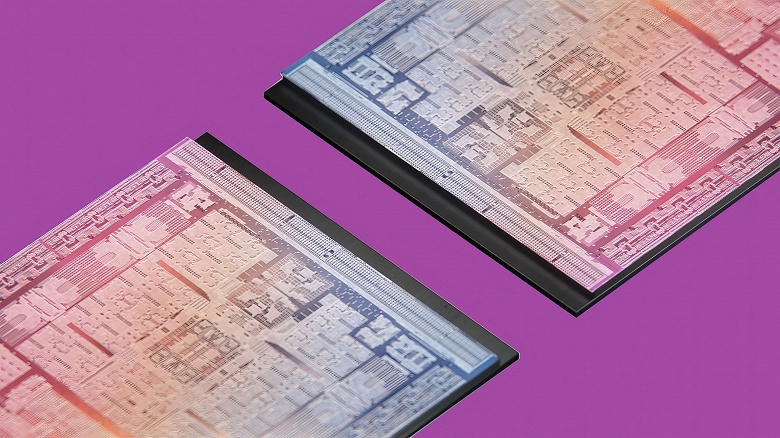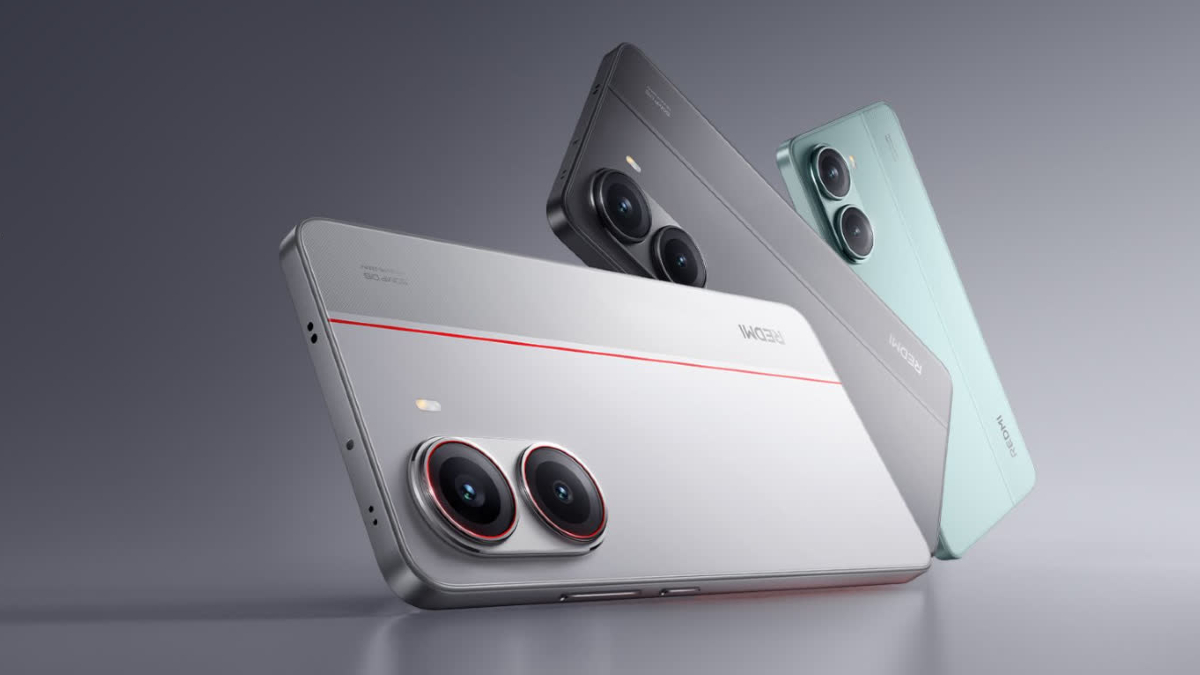IPhone 12 Pro camera reviews: the most advanced camera on the market, but worth the wait for the iPhone 12 Pro Max
A number of reviewers yesterday shared their first impressions of Apple’s new iPhone 12 and iPhone 12 Pro. We have already provided some conclusions on autonomy when working in 5G networks and performance, and now we will touch on the camera.

The changes in the iPhone 12 over the iPhone 11 aren’t too big in terms of camera. A key innovation is the ability to shoot in “Night Mode” with both the main wide-angle and ultra-wide-angle cameras. The main camera began to capture 27% more light, including due to a faster lens (f / 1.6 aperture), and received 100% coverage of the matrix with autofocus sensors. The rest of the benefits come from advanced computational photography.
The iPhone 12 Pro is much more interesting. The camera configuration in this device remains the same compared to the iPhone 11 Pro. These are three 12-megapixel modules: wide-angle (26 mm in 35 mm equivalent, OIS), ultra-wide-angle (13 mm) and telephoto module (52 mm, OIS). The main camera has been improved as in the iPhone 12, but key innovations include lidar integration and new software features. This is the ability to shoot photos in the advanced Apple ProRAW format in addition to the usual HEIF and JPEG, as well as support for 10-bit HDR video in the Dolby Vision standard at up to 60 fps.
Overall, the consensus is that while the iPhone 12 Pro does the expectedly good performance in photography, the iPhone 12 Pro Max should offer even more possibilities with its advanced camera features. In this smartphone, the main camera received a 47% larger sensor, so the sensitivity is increased even more. It also has better sensor-shift stabilization, which can perform up to 5000 corrections per second – which promises sharper images in low light compared to lens stabilization. Also, the iPhone 12 Pro Max uses a different telephoto module – it offers 2.5x optical zoom, but at a slightly lower aperture (f / 2.2). Therefore, for those who want to get the most, it is better to wait for the iPhone 12 Pro Max,
In his highly detailed review, Austin Mann laid out his thoughts on the photographic capabilities of the iPhone 12 Pro. He tested wide-angle shooting, night mode, and a lot of other settings, but in general, he noted that there were no fundamental innovations that would make iPhone 11 Pro owners think about a new device for the sake of photography: “ iPhone 12 Pro is a reliable camera, and thanks to many new digital technologies I discovered that it’s slightly better than the already great iPhone 11 Pro, but if you’re serious about photography on your iPhone, wait for the iPhone 12 Pro Max. Looks like the biggest jump in iPhone cameras that we have experienced in recent years, and only three weeks are left before it. “
The Verge also did a great review of the iPhone 12 Pro’s camera. According to Nilay Patel, the iPhone 11 Pro has had the best camera in a smartphone before, but the iPhone 12 Pro has improved it, although this is just a small step forward: enough to stay in the lead, but most of the improvements are minor. and belong to the software area.
He noted that in a lack of lighting the camera performs a little better, noise reduction works more efficiently, the new Apple Smart HDR 3 mode seems a little smarter, the pictures look more contrast. All four cameras have learned to work in night mode, which is nice but most useful on the front camera for night self-portraits. “Although telephoto or ultra-wide-angle cameras now support night mode, I would go with the main camera – it is more light-sensitive and does better in low light, ” he said. –There are other small but noticeable photo improvements over the 11 Pro, with the ultra-wide lens slightly less distorting around the edges, while the ultra-wide and telephoto ones are slightly sharper and more detailed. There are also some new settings: you can turn off lens compensation, you can turn off Smart HDR and Intelligent Scene Detection. It’s nice to see Apple take advantage of the advanced camera features, but I’d leave it as standard; “If you don’t like automatic modes, just use an app with good manual controls like Halide.”
The journalist also noted the presence of the lidar in the 12 Pro as similar to the iPad Pro – first of all, it makes augmented reality much better. This sensor is also used in normal photography, allowing the camera to focus much faster (6x in low light, according to Apple). The focus was really fast during testing, and the low-light photos of the iPhone 12 Pro look sharper than the iPhone 11 Pro, but mainly due to the fast lens. But the biggest plus lidar gives when shooting self-portraits at night with the main camera – they are impressive. But if the user is not interested in tricks with AR or night portraits, so far there is little use from the lidar.
Another major innovation in the iPhone 12 family camera is the ability to record Dolby Vision HDR video. While there are some compatibility issues with this standard: suffice it to say, even Macs cannot watch it by the standard (you need to wait for the release of macOS 11 Big Sur). In general, about the video Becca Farsace from The Verge said the following:
“When shooting video on the iPhone 12 Pro over the course of several days, I noticed three things: high levels of detail, brighter footage at night, and glare. The iPhone 12 Pro can shoot up to 4K at 60fps and 1080p at 240fps, just like the 11 Pro. Last year I was impressed by the video capabilities of the iPhone 11 Pro, and nothing has changed in the iPhone 12 Pro … it’s actually hard to tell the difference between footage captured on iPhone 11 and 12.
In ideal lighting conditions, the video is beautiful. Colors are sharp, details are crisp, and the smartphone handles skin tones well. Shot 12 is a little warmer during the day, but unless you specifically try to find the difference between these cameras, it is not visible. At night, the 12 Pro is generally a little brighter and has good noise reduction in dark areas. The main sensor is by far the brightest, and when you switch to ultra-wide, things get a little darker. But what’s more worrying is that when shooting at night and using the main sensor, small dots remain throughout the frame! Any light that hits the lens directly, such as the headlights of a car, casts a lot of light reflections on the image, which is annoying. This was a problem with the iPhone 11 Pro, and it hasn’t gone away.
But overall, this camera system is still great, and when played back on a device that supports Dolby Vision video files, it looks incredibly colorful and energetic. This is the main difference between video on the 11 Pro and 12 Pro: the new one shoots in Dolby Vision format. I’m very excited to try out the 12 Pro Max with a larger sensor and new image stabilization. ”
Photographer and former Adobe Creative Resident Andre Larrow shared his thoughts on the new iPhone 12 Pro camera system on PetaPixel. Moving away from the usual type of images, he decided to focus on the portraits of friends and acquaintances with whom he was in quarantine to minimize any health risks in the open air. He noted that the camera copes better with processing light tones, but in general, the changes cannot be called fundamental.
Raymond Wong of Input has been more casual about his analysis of camera technology in the iPhone 12 Pro. Despite his generally laid-back approach, he compared the new iPhone 12 Pro with the iPhone 12, iPhone 11 Pro, and Pixel 5 in a variety of shots over a variety of shots and provided compelling comparisons. According to him, the iPhone 11 Pro had the best camera system among smartphones, although many manufacturers offered improved zoom or faster sensors – the iPhone 12 Pro took another small step forward. By the way, according to the journalist, the basic iPhone 12 smartphone is not inferior to its older brother in terms of photo capabilities.
